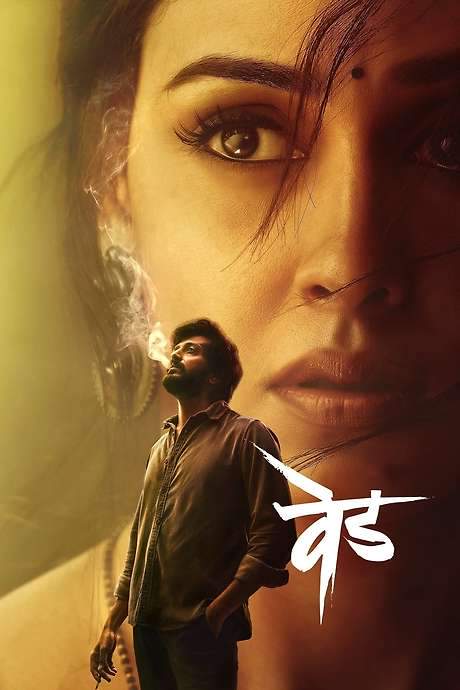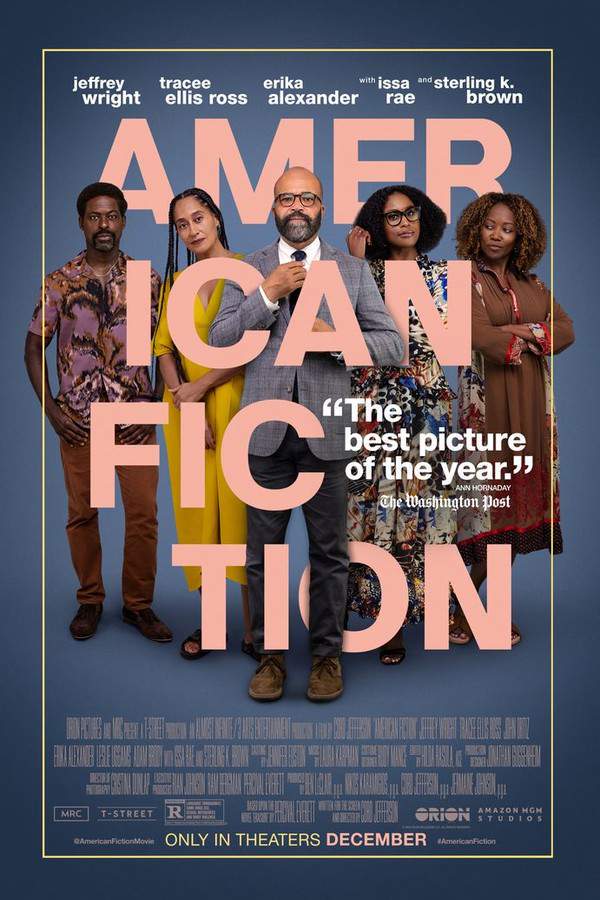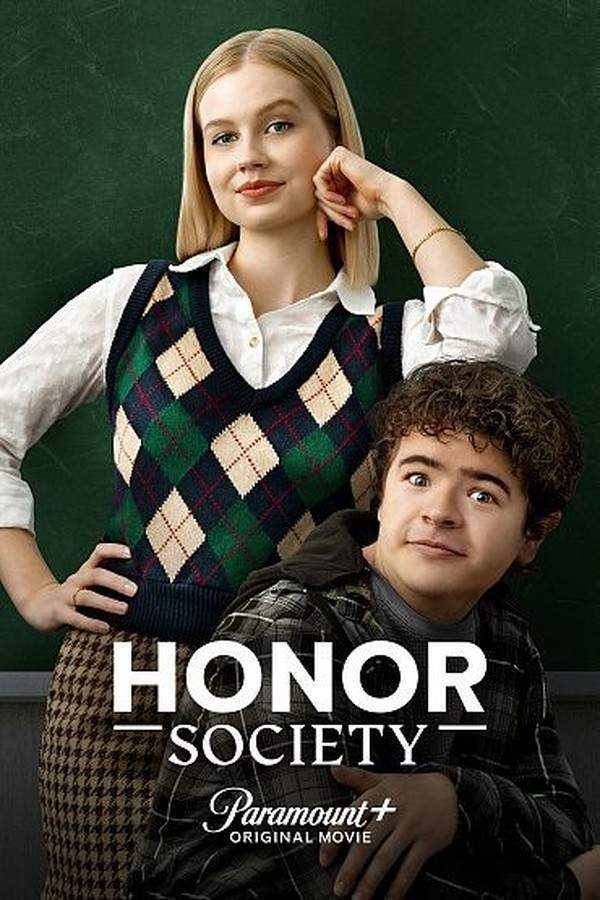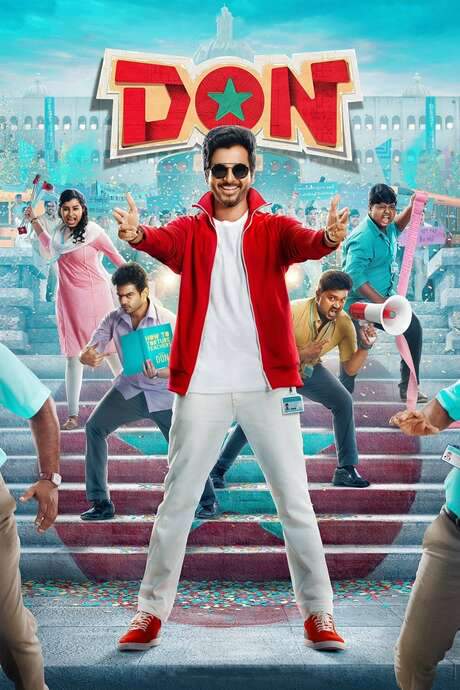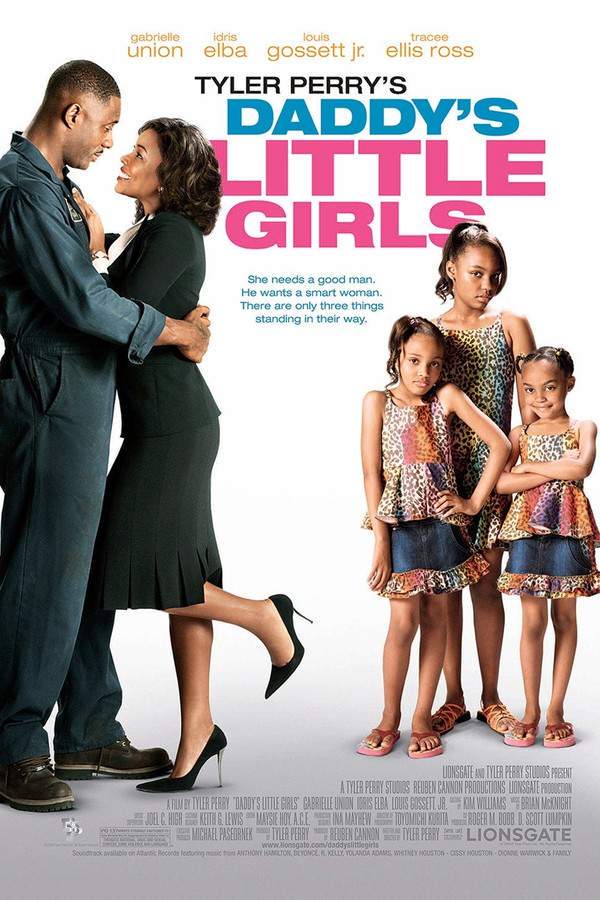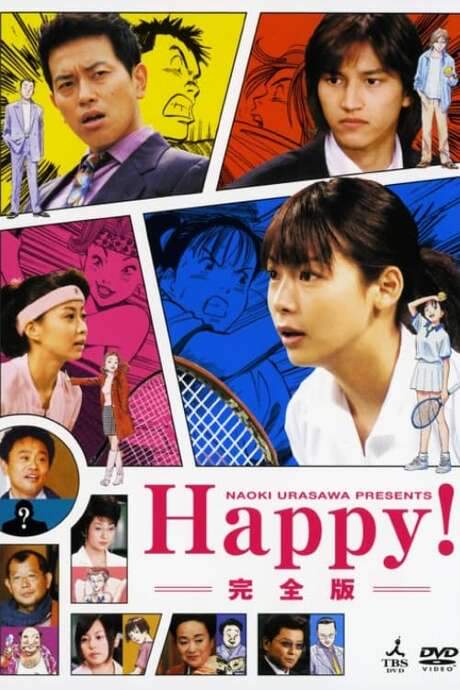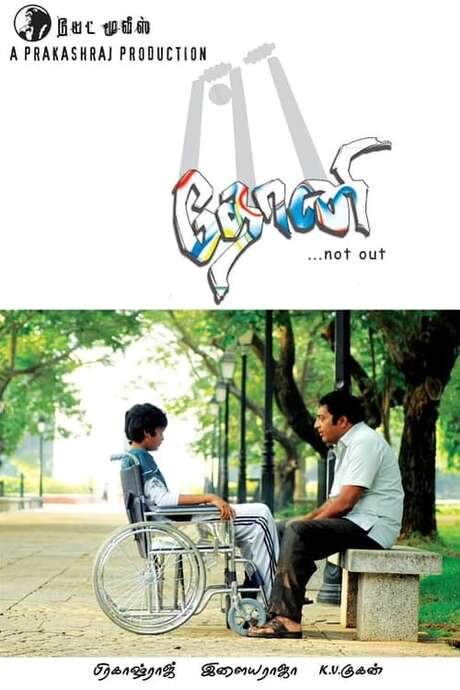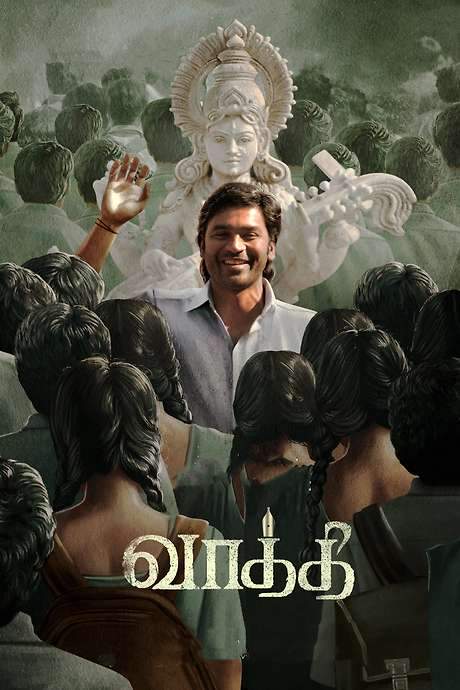
Hindi Medium
Year: 2017
Runtime: 132 mins
Language: Hindi
Director: Saket Chaudhary
Mita and Raj Batra, a well-off couple living in Delhi’s Chandni Chowk, face a significant challenge when trying to secure admission for their daughter in a prestigious English medium school. Their native language is Hindi, which creates a barrier as they encounter prejudice and class distinctions from the school's elitist community. The couple must navigate the complex social dynamics and overcome the obstacles presented by those who look down on Hindi speakers.
Warning: spoilers below!
Haven’t seen Hindi Medium yet? This summary contains major spoilers. Bookmark the page, watch the movie, and come back for the full breakdown. If you're ready, scroll on and relive the story!
Hindi Medium (2017) – Full Plot Summary & Ending Explained
Read the complete plot breakdown of Hindi Medium (2017), including all key story events, major twists, and the ending explained in detail. Discover what really happened—and what it all means.
Raj Batra Irrfan Khan is a successful boutique owner who enjoys life in the old Delhi neighbourhood of Chandni Chowk with his wife Meeta Neha Dhupia and their vibrant 5-year-old daughter Pia Dishita Sehgal. The family dreams of giving Pia a seat at a prestigious English-medium school in Delhi, so they set their sights on Delhi Grammar School, widely regarded as the best in the city. But the school’s strict rule requires that students live within a 3-km radius, which complicates their plan. As they chase this goal, a related thread shows Raj and Meeta adjusting their lifestyle—moving into a posh villa in Vasant Vihar and attempting to refine their manners and appearance to fit into a higher social circle. A consultant, Saumya Tillotama Shome, is brought in to coach them for the admission interview, yet their limited command of English becomes a hurdle, and Pia’s application is rejected.
The story takes a sharper turn when they learn, through an employee, that his daughter has secured admission through the RTE quota—a scheme intended to help children from poorer families get into top schools. A sting operation later reveals that some affluent parents are gaming the quota for their own gain. In response, Raj and Meeta relocate to Bharat Nagar, a nearby slum, for a month and pretend to be poor. There, they form a tentative friendship with Shyam Prakash Deepak Dobriyal and Tulsi Prakash Swati Das, who hope their son Mohan will win a place at Delhi Grammar through the RTE quota. The couple learns to live as truly needy people, and Raj even joins Shyam at work for a time. Pia’s admission finally arrives, but Mohan’s application is rejected.
Returning to their life in Vasant Vihar, Raj and Meeta decide to make a public-minded gesture by donating to Bharat Nagar Government School to renovate it and provide new books. Shyam and Tulsi, moved by this act and by watching their son grow fluent in English, begin to search for the donor’s identity to express their thanks. When Shyam follows clues to the donor’s address in Vasant Vihar, he uncovers the truth about Raj’s deceit. He intends to tell the Delhi Grammar School’s principal, Lodha Singhania, about what happened, but he is drawn into Pia’s world and has an emotional moment with her, choosing not to reveal everything to the principal. This leaves Raj torn between guilt and responsibility.
In a final turn, Raj goes to the principal and asks for Pia’s admission to be revoked, choosing to come clean about the misrepresentation. The principal, however, does not reinstate Pia. Raj then gatecrashes the Annual Day function and delivers a pointed speech about the role of English in India and education rights, a moment that is met with silence—save for Meeta’s quiet support. As the event ends, Raj and Meeta reveal to the principal their intent to enroll Pia at Bharat Nagar Government School so that she can study alongside Mohan, signaling a different path for their daughter’s education and a new chapter in their understanding of merit and opportunity.
-
The narrative threads are anchored by supporting moments involving Raj’s neighbor Jaspal Sharma and the presence of Pia Dishita Sehgal as the driving force behind every decision.
-
The film also features Amrita Singh as Principal Lodha Singhania, whose decision at the end shapes the final course of Pia’s education.
-
Throughout, the emotional tug-of-war between ethics, ambition, and parental love remains the core, highlighted by the evolving relationships and the moral reckoning faced by Raj and Meeta.
Last Updated: October 01, 2025 at 13:05
Explore Movie Threads
Discover curated groups of movies connected by mood, themes, and story style. Browse collections built around emotion, atmosphere, and narrative focus to easily find films that match what you feel like watching right now.
Movies like Hindi Medium: Social Satire with a Moral Heart
Comedies that humorously critique societal systems while exploring ethical dilemmas.If you liked Hindi Medium's blend of humor and social commentary, discover more movies that cleverly satirize class and privilege. These stories involve characters navigating unfair systems, often through deception, but ultimately finding redemption through ethical choices and personal growth.
Narrative Summary
Stories in this thread typically follow a protagonist or family navigating a rigid, unfair system. They often employ a comedic deception or scheme to gain an advantage, which leads to both humorous situations and growing guilt. The climax involves a moral reckoning where characters must confront the consequences of their actions and choose integrity over ambition.
Why These Movies?
Movies are grouped here for their unique ability to balance sharp social commentary with heartfelt character journeys. They share a bittersweet tone, using humor to explore serious themes like inequality, while the emotional core is driven by ethical dilemmas and the pursuit of personal redemption.
Movies similar to Hindi Medium about Anxious Parental Ambition
Stories of parents going to extreme lengths for their children's future.Fans of Hindi Medium's portrayal of a couple battling educational inequality will find similar movies here. These emotional dramas focus on the extreme measures parents take for their children's success, highlighting the tension between ambition, love, and morality in a competitive world.
Narrative Summary
The narrative pattern revolves around a family, often from a marginalized or aspirational background, whose primary conflict is securing a prestigious opportunity (like a school admission) for their child. The plot follows their desperate, sometimes questionable efforts to overcome systemic barriers, leading to moments of tension, humor, and deep emotional reflection on what truly matters for their family.
Why These Movies?
These films are united by their central theme of parental love manifesting as intense ambition. They share a medium emotional weight driven by the universal fear of failing one's child, a steady pacing that builds tension around a clear goal, and a focus on the moral dilemmas that arise from this pressure.
Unlock the Full Story of Hindi Medium
Don't stop at just watching — explore Hindi Medium in full detail. From the complete plot summary and scene-by-scene timeline to character breakdowns, thematic analysis, and a deep dive into the ending — every page helps you truly understand what Hindi Medium is all about. Plus, discover what's next after the movie.
Hindi Medium Timeline
Track the full timeline of Hindi Medium with every major event arranged chronologically. Perfect for decoding non-linear storytelling, flashbacks, or parallel narratives with a clear scene-by-scene breakdown.

Characters, Settings & Themes in Hindi Medium
Discover the characters, locations, and core themes that shape Hindi Medium. Get insights into symbolic elements, setting significance, and deeper narrative meaning — ideal for thematic analysis and movie breakdowns.

Hindi Medium Spoiler-Free Summary
Get a quick, spoiler-free overview of Hindi Medium that covers the main plot points and key details without revealing any major twists or spoilers. Perfect for those who want to know what to expect before diving in.

More About Hindi Medium
Visit What's After the Movie to explore more about Hindi Medium: box office results, cast and crew info, production details, post-credit scenes, and external links — all in one place for movie fans and researchers.




